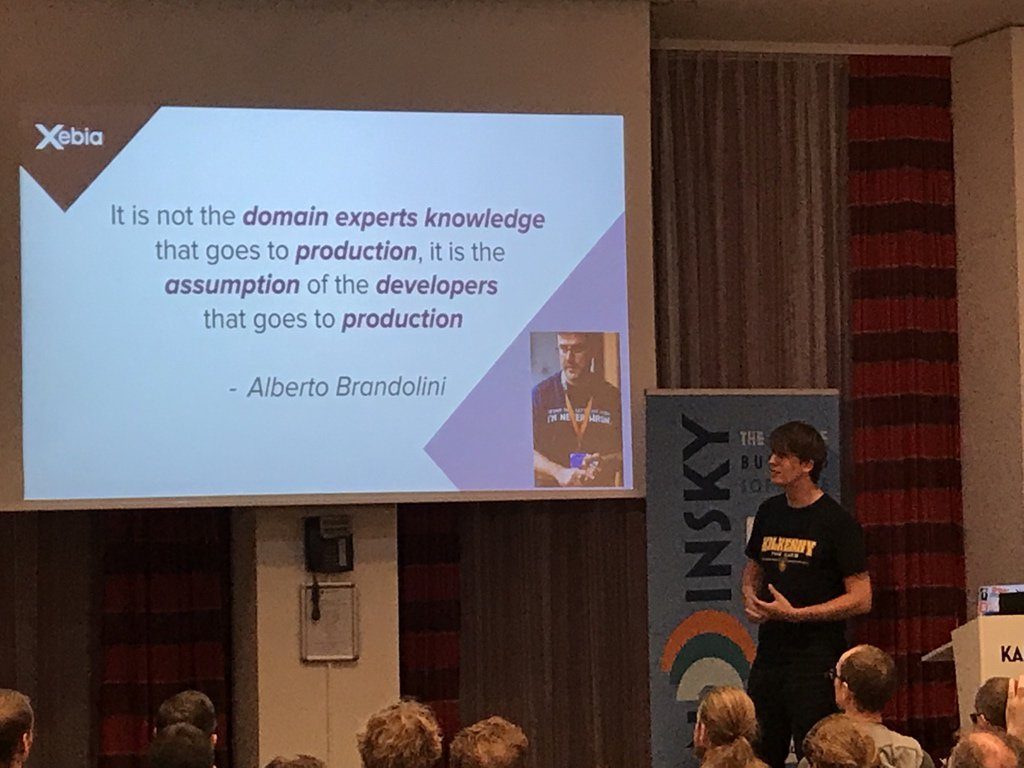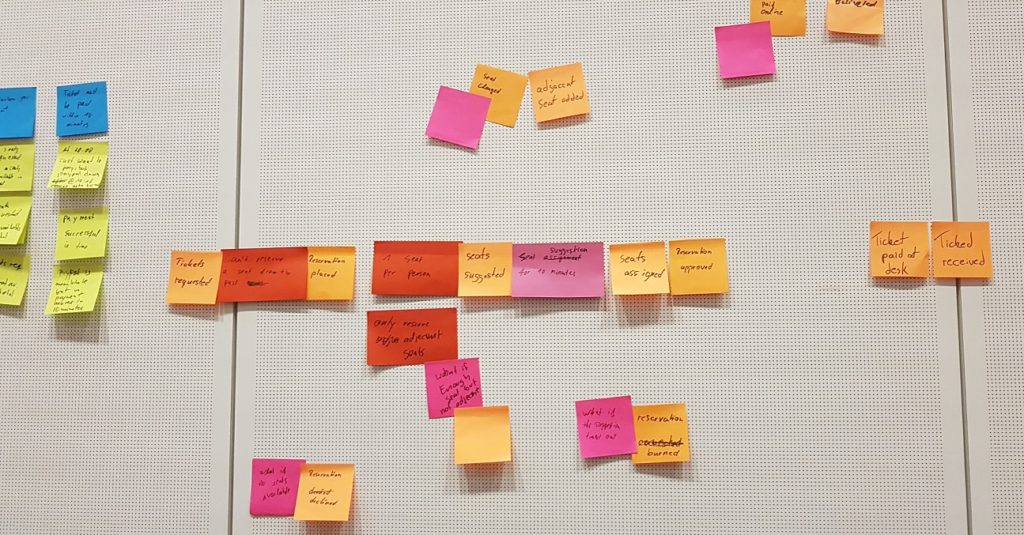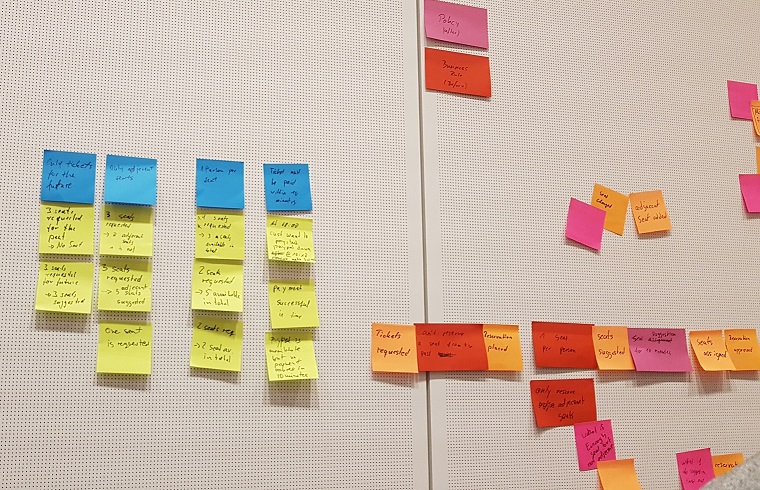I think I have to write a (short) rant about silos and team hierarchies and the costs (and obviously frustration) caused in such "agile" tech companies.
— Krisztina Hirth 🇪🇺 (@YellowBrickC) October 4, 2019
Disclaimer: this is NOT a rant about people. In most of the situations all devs I know want to deliver a good work. This is a rant about organisations imposing such structures calling themselves “an agile company”.
To give you some context: a digital product, sold online as a subscription. The application in my scenario is the usual admin portal to manage customers, get an overview of their payment situation, like balance, etc.
The application is built and maintained by a frontend team. The team is using the GraphQL API built and maintained by a backend team. Every team has a team lead and over all of them is at least one other lead. (Of course there are also a lot of other middle-management, etc.)
Some time ago somebody must have decided to include in the API a field called “total” containing the balance of the customer so that it can be displayed in the portal. Obviously I cannot know what happened (I’m just a user of this product), but fact is, this total was implemented as an integer. Do you see the problem? We are talking about money displayed on the website, about a balance which is almost never an integer. This small mistake made the whole feature unusable.
Point 1: Devs implement technical requests instead of improving the product
I don’t know if the developer who implemented this made an error by not thinking about what this total should represent or he/she simple didn’t had the experience in e-commerce but it is not my point. My point is that this person was obviously not involved in the discussion about this feature, why it is needed, what is the benefit. I can see it with my spiritual eyes how this feature became turned in code: The team lead, software lead (xyz lead) decided that this task has to be done. The task didn’t referred to the customer benefit, it stripped everything down to “include a new property called total having as value the sum of some other numbers”. I can see it because I had a lot of meetings like this. I delivered a string to the other team and this string was sometimes a URL and sometimes a name. But I did this in a company which didn’t called himself agile.
Point 2: No chance for feedback, no chance for commitment for the product
Again: I wasn’t there as this feature was requested and built, I just can imagine that this is what it happened, but it really doesn’t matter. It is not about a special company or about special people but about the ability to deliver features or only just some lines of code sold as a product. Back to my “total”: this code was reviewed, integrated, deployed to development, then to some in-between stages and finally to production. NOBODY on this whole chain asked himself if the new field included in a public(!) API is implemented as it should. And I would bet that nobody from the frontend team was asked to review the API to see if their needs can be fulfilled.
Point 3: Power play, information hiding makes teams slow artificially (and kills innovation and the wish to commit themselves to the product they build)
If this structure wouldn’t be built on power and position and titles then the first person observing the error could have talked to the very first developer in the team responsible for the feature to correct it. They could have changed it in a few minutes (this was the first person noticing the error ergo nobody was using it yet) and everybody would have been happy. But not if you have leads of every kind who must be involved in everything (because this is why they have their position, isn’t it?) Then somebody young and enthusiastic wanting to deliver a good product would create a JIRA ticket. In a week or two this ticket will be eventually discussed (by the leads of course) and analyzed and it will eventually moved forward in the backlog – or not. It doesn’t matter anyway because the frontend team had a deadline and they had to solve their problem somehow.
Epilogue: the culture of “talk only to the leads” bans the cooperation between teams
at this moment I did finally understood the reason behind of another annoying behavior in the admin panel: the balance is calculated in the frontend and is equal with the sum of the shown items. I needed some time to discover this and was always wondering WTF… Now I can see what happened: the total in the API was not a total (only the integer part of the balance) and the ticket had to be finished so that somebody had this idea to create a total adding the values from the displayed items. Unfortunately this was a very short-sighted idea because it only works if you have less then 25 payments, the default number of items pro page. Or you can use the calculator app to add the single totals on every page…
All this is on so many levels wrong! For every involved person is a lose-lose situation.
What do you think? Is this only me arguing for better “habitat for devs” or it is time that this kind of structures disappear.



